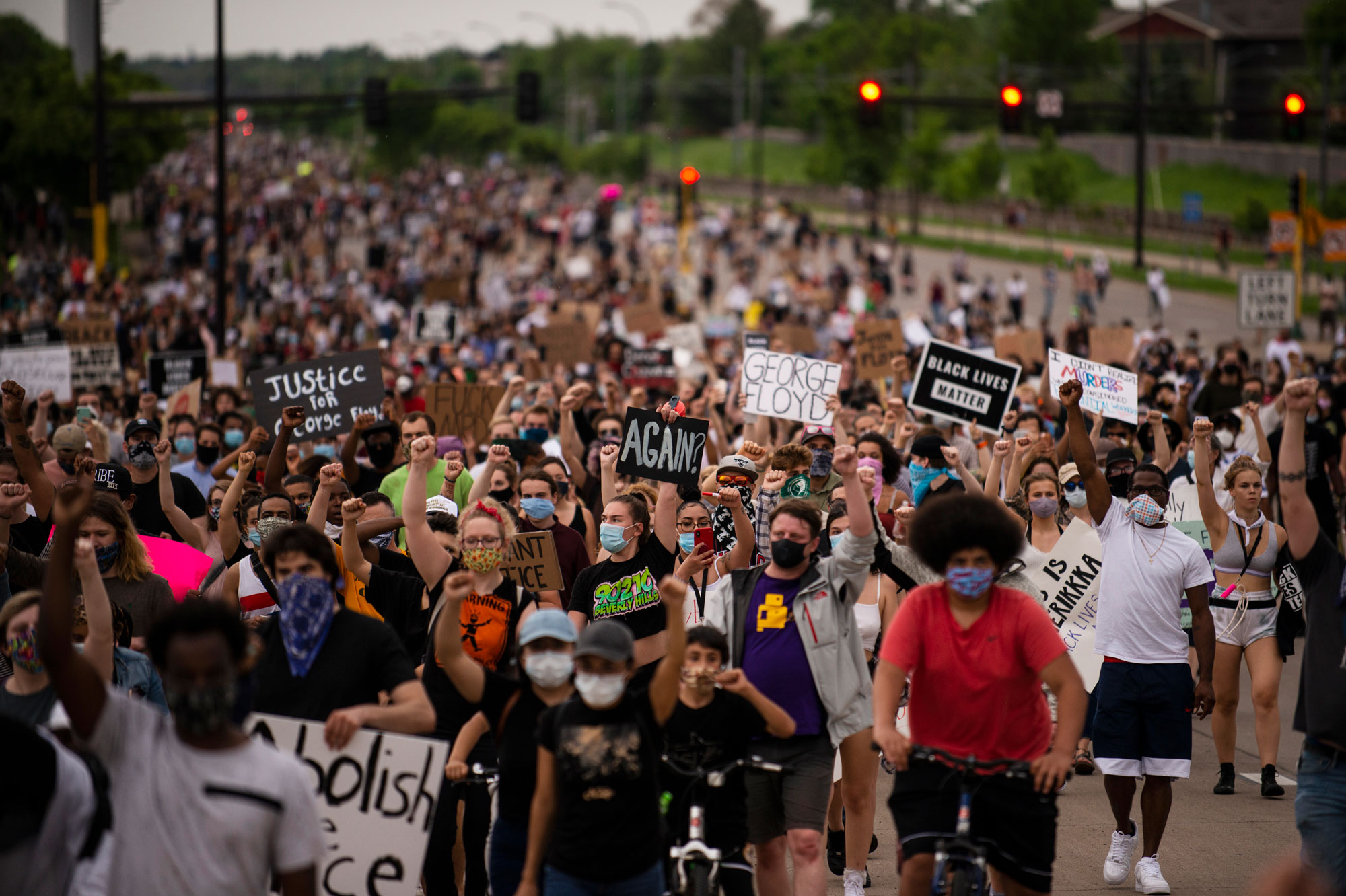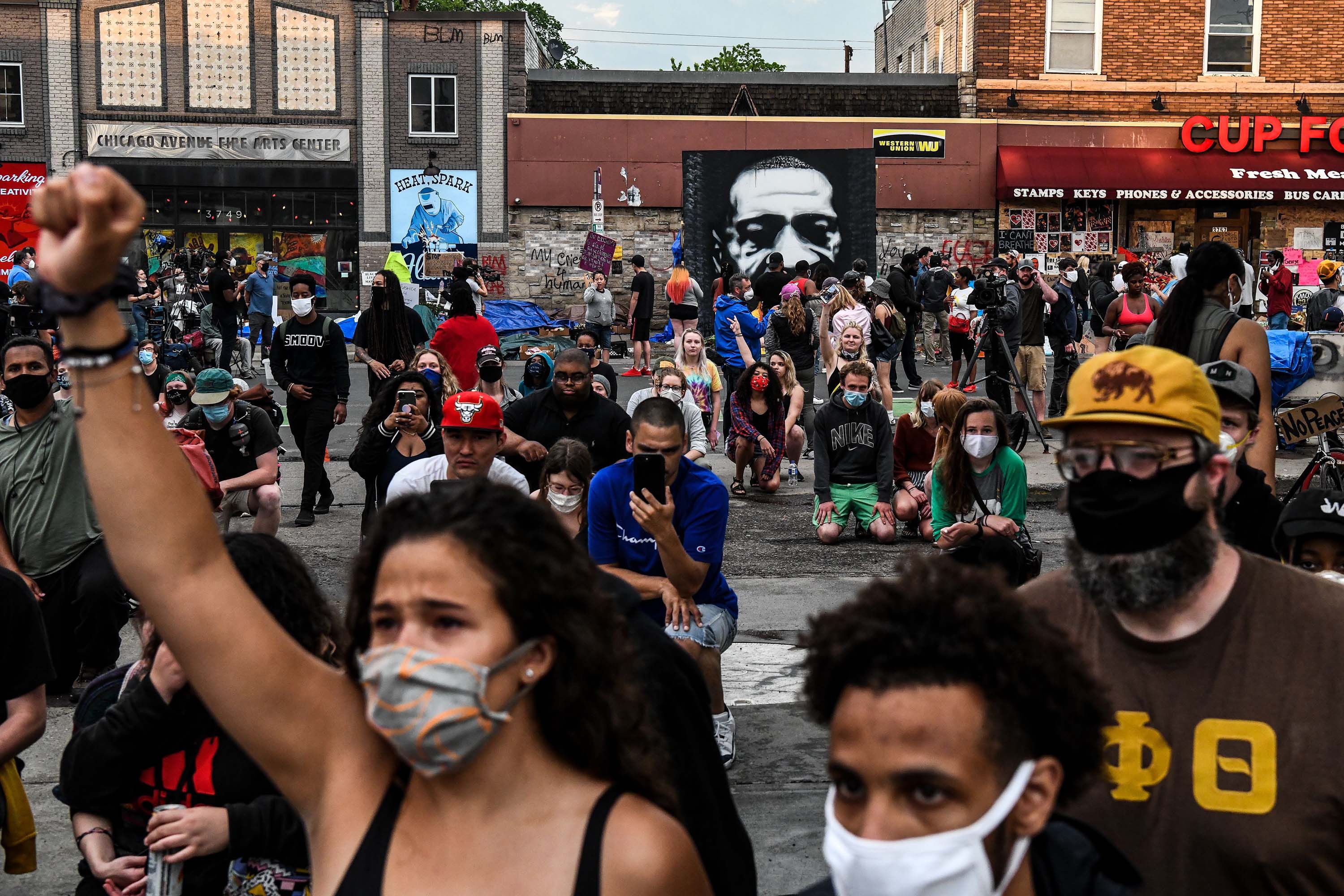Minneapolis protests today Twitter is buzzing with updates, hashtags, and live feeds from the ground. The world is watching as citizens take to the streets to voice their concerns and demand change. This isn't just another protest; it's a movement that's capturing global attention. People from all walks of life are joining in, sharing their stories, and demanding justice.
Let's dive right in. If you're scrolling through Twitter right now, chances are you've come across posts about the latest protests happening in Minneapolis. The city has become a focal point for social justice movements, and the energy is palpable. From hashtags to live streams, the conversation is loud, clear, and relentless.
But why is this happening? And what can we learn from it? In this article, we'll break down the events, explore the reasons behind the protests, and examine how Twitter is playing a pivotal role in amplifying these voices. Whether you're a bystander or an active participant, this is a moment in history that demands attention.
- Layla Deline Rising Star In The Adult Entertainment Industry
- Unveiling The World Of Mms Video A Comprehensive Guide
Daftar Isi
- Background on the Protests
- How Twitter Amplifies the Voices
- Key Events of the Minneapolis Protests
- The Power of Hashtags
- Live Updates on Twitter
- Community Support Through Social Media
- Protest Statistics and Trends
- Challenges Faced by Protesters
- Global Impact of the Protests
- Conclusion and Call to Action
Background on the Protests
What Sparked the Protests?
Minneapolis has been at the forefront of social justice movements for years, but the latest wave of protests was ignited by a specific event. The killing of George Floyd in 2020 set off a chain reaction that continues to this day. People are still fighting for accountability, justice, and systemic change.
The protests today are not just about one incident. They represent a broader struggle against systemic racism, police brutality, and inequality. Citizens are standing up and saying enough is enough. And Twitter is right there with them, providing a platform for their voices to be heard.
How Twitter Amplifies the Voices
Why Twitter Matters
Twitter has become a crucial tool for activists and protesters. It allows people to share their experiences in real-time, connect with others who share their views, and organize events. The platform's fast-paced nature makes it perfect for spreading information quickly and efficiently.
- Facecheck Id Your Ultimate Guide To Identity Verification Solutions
- Vegamovies Archive Your Ultimate Guide To Streaming Movies Online
For example, when a protest is planned, organizers can create a hashtag and invite people to join. They can also share updates, photos, and videos to keep everyone informed. This creates a sense of community and solidarity that extends beyond physical boundaries.
Key Events of the Minneapolis Protests
Let's take a closer look at some of the key events that have shaped the Minneapolis protests. From peaceful marches to intense confrontations with law enforcement, the journey has been both inspiring and challenging.
- May 2020: The death of George Floyd sparks widespread outrage.
- June 2020: Thousands gather in Minneapolis for a massive protest.
- 2021: Continued demonstrations highlight ongoing issues.
- 2023: New movements emerge, focusing on broader social justice issues.
The Power of Hashtags
Why Hashtags Work
Hashtags are the lifeblood of social media activism. They allow people to categorize their posts and make them easily discoverable by others. For the Minneapolis protests, hashtags like #BlackLivesMatter, #JusticeForGeorgeFloyd, and #MinneapolisProtests have been instrumental in rallying support.
These hashtags serve multiple purposes. They raise awareness, provide a sense of unity, and help track the progress of the movement. When used effectively, they can create a powerful ripple effect that resonates across the globe.
Live Updates on Twitter
One of the most exciting aspects of Twitter is its ability to deliver live updates. During the Minneapolis protests, users have been sharing real-time information about what's happening on the ground. This includes everything from crowd sizes to police actions.
For those who can't attend the protests in person, these updates offer a window into the events. They provide a sense of immediacy and urgency that traditional news outlets often lack. Plus, they allow people to engage with the movement in a meaningful way.
Community Support Through Social Media
How Social Media Builds Solidarity
Social media has played a vital role in building community support for the Minneapolis protests. Platforms like Twitter allow people to connect with others who share their values and goals. This creates a sense of belonging and empowerment that fuels the movement.
Through social media, activists can share resources, organize events, and offer emotional support. They can also highlight the stories of those who have been affected by systemic injustice, giving them a platform to speak their truth.
Protest Statistics and Trends
Let's talk numbers. According to recent studies, the Minneapolis protests have been among the largest and most sustained in recent history. Here are some key statistics:
- Over 26 million people participated in protests in 2020 alone.
- Twitter saw a 40% increase in protest-related hashtags during peak periods.
- More than 70% of participants reported feeling empowered by the movement.
These numbers paint a picture of a movement that's gaining momentum and making a real impact. They also highlight the importance of social media in amplifying these voices.
Challenges Faced by Protesters
Of course, the road to justice is never easy. Protesters in Minneapolis face a range of challenges, from police brutality to misinformation campaigns. These obstacles can be daunting, but they also serve to strengthen the resolve of those involved.
One of the biggest challenges is maintaining momentum. How do you keep people engaged and motivated over the long term? Social media plays a key role here, providing a constant stream of updates and encouragement.
Global Impact of the Protests
The Minneapolis protests have had a ripple effect that extends far beyond the city limits. They've inspired similar movements around the world, from Europe to Asia to Africa. People everywhere are standing up and demanding change.
This global impact is a testament to the power of social media and the universal nature of the issues being addressed. It shows that when people come together and speak out, they can make a difference.
Conclusion and Call to Action
In conclusion, the Minneapolis protests today Twitter represent a powerful movement for change. They highlight the ongoing struggle against systemic racism and inequality, and they demonstrate the power of social media to amplify these voices.
So what can you do? First, stay informed. Follow the hashtags, read the updates, and engage with the movement. Second, get involved. Whether it's through attending protests, donating to causes, or simply spreading the word, every action counts.
Together, we can create a world where justice and equality are the norm, not the exception. Let's keep the momentum going and make sure that the voices of Minneapolis are heard loud and clear.
- Erome Sophie Rain The Rising Star In The Digital Age
- Discover The World Of Divaflawless Onlyfans A Comprehensive Guide


